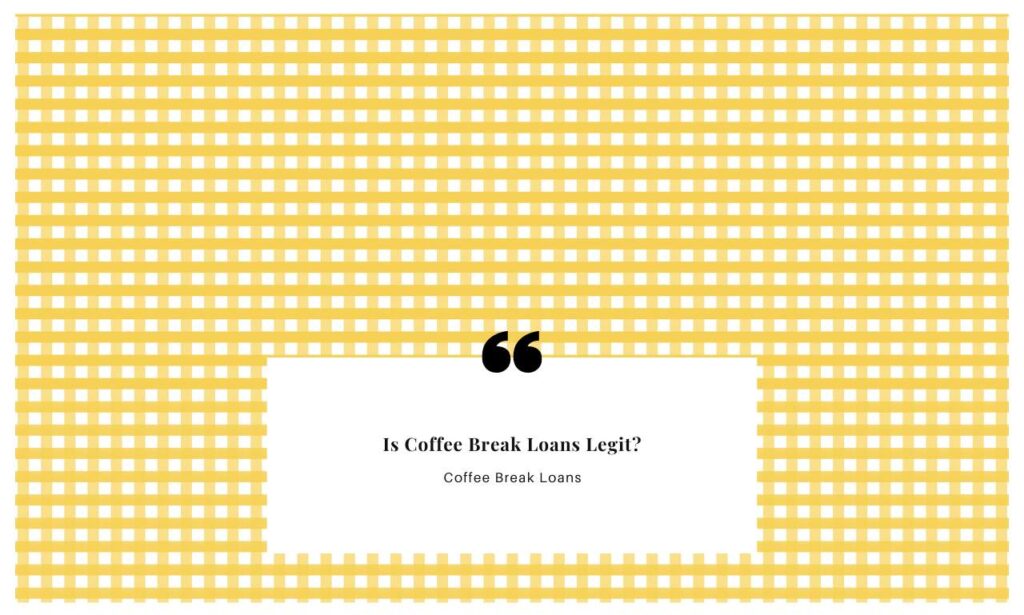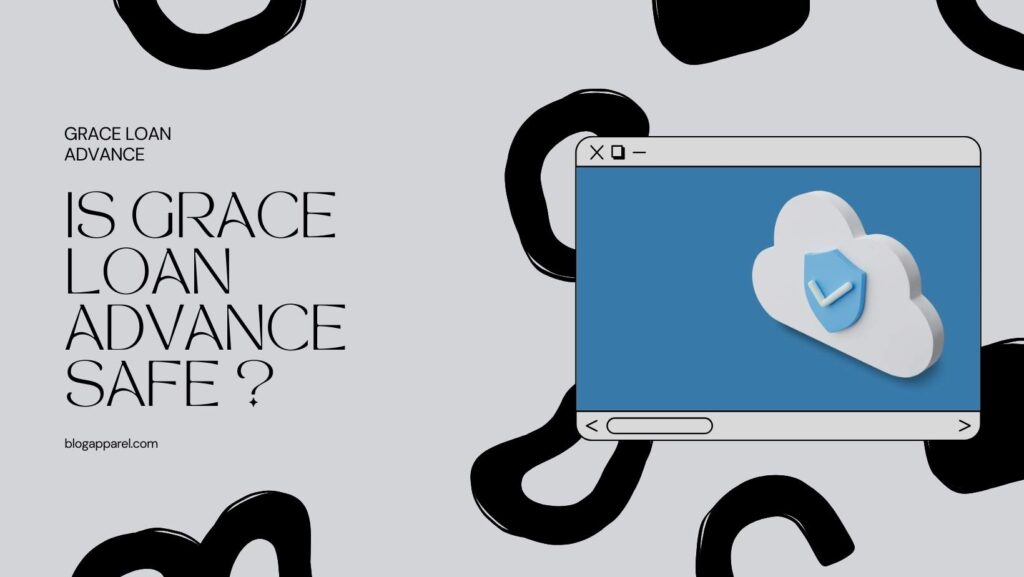Proving undue hardship for student loans requires meeting strict criteria. To qualify, you must show that repaying your loans would cause you significant hardship, given your current income and expenses.
Student loans can be a heavy burden for many people, especially those who are struggling to make ends meet. However, there is a glimmer of hope in the form of a legal provision called ‘undue hardship.’ This provision can potentially discharge your student loans, providing significant relief. Yet, it’s important to note that proving undue hardship is not easy and requires meeting strict criteria.
Understanding what ‘undue hardship’ means, the criteria you must meet to qualify, and how to make a compelling case for it can empower you in your student loan journey. Whether you are in default on your student loans or having trouble making payments, this guide will equip you with the knowledge you need to understand your options and make an informed decision.
Standard To Prove Undue Hardship
You can prove undue hardship for your student loans through two tests – the Brunner Test and the Totality of Circumstances Test. The Brunner Test requires you to confirm that you cannot maintain a minimal standard of living if you have to repay your loans, your financial situation is unlikely to improve in the future, and you have made a good faith effort to repay your loans. The Totality of Circumstances Test looks at a broader range of factors, such as your current income and expenses, health, education level, dependents, and any other relevant information.
To prove undue hardship, you will need to gather and present documentation that supports your case, such as your income and expense statements, medical records, proof of family size and dependents, and any other relevant evidence. Consulting with a lawyer who specializes in student loan and bankruptcy law can help you navigate the process and increase your chances of success.
Brunner Test Explained
In order to prove undue hardship for student loans, a borrower must pass the Brunner test. This test evaluates three factors:
| 1. Poverty | The borrower must prove that they cannot maintain a minimal standard of living based on their current income and expenses, and that this situation is likely to continue for a significant portion of the repayment period. |
| 2. Persistence | The borrower must prove that they have made a good faith effort to repay the loans, and that they will continue to make such effort. |
| 3. Good Faith Effort | The borrower must prove that they have made a good faith effort to repay the loans, and that they will continue to make such effort. |
If a borrower can prove all three factors, they may be eligible for loan discharge or forgiveness. However, it can be difficult to meet the strict criteria of the Brunner test. In such cases, it’s crucial to seek the guidance of an experienced attorney or financial professional who can provide the necessary support and reassurance before pursuing this option.
Totality Of Circumstances Test Explained
To prove undue hardship for student loans, you need to pass the totality of circumstances test, a significant evaluation that considers your current financial situation, repayment history, and prospects. Understanding this test is key to feeling informed and prepared for the process.
- Your current financial situation includes factors like your income, expenses, and assets. It would help if you showed that you cannot maintain a minimal standard of living while repaying your student loans.
- Repayment history is taken into account, and you need to prove that you have made a good-faith effort to repay your loans.
- Your prospects are evaluated based on your education, job prospects, and health. You need to demonstrate that your circumstances are unlikely to change in the future.
How To Gather Evidence To Support Your Claim
Gathering evidence is crucial to proving undue hardship for student loans. Provide proof of a significant change in circumstances, like a disability or inability to earn a livable wage. Use documentation such as tax returns, medical expenses, and statements of income and expenses.
| Financial Records | Medical Records | Employment Records |
| Collect your tax returns, bank statements, income statements, and other financial records. Gather any documents relevant to your expenses, such as rent or mortgage payments, car loans, and utility bills. | Obtain medical records that prove you are unable to work or earn enough money to pay off your loans. Documents that show a physical or mental impairment, such as doctor’s notes or hospital records, can be compelling evidence. | Retrieve your employment records, such as job applications and resumes, to demonstrate that you have made an effort to find work. Include rejection letters or emails from hiring managers. |
In order to prove undue hardship and successfully discharge your student loans, it’s important to gather convincing evidence. Financial records, such as tax returns and bank statements, can help demonstrate your inability to make payments on your loans. Medical records that show a physical or mental impairment can also be compelling evidence. Additionally, employment records, including job applications and rejection letters, can help prove that you have made a good-faith effort to find work and increase your income. By collecting all of this important documentation, you can strengthen your case and increase your chances of getting your student loans discharged.
How To File A Complaint
If you are struggling to pay off your student loans, you can file a complaint to prove undue hardship. There are a few options available to you:
| Option | Details |
| Federal Student Aid Ombudsman | The Federal Student Aid Ombudsman can assist you with concerns about your federal student loans. They provide impartial and confidential assistance to help resolve disputes and find solutions. You can file a complaint online or by calling their office. |
| Consumer Financial Protection Bureau | The Consumer Financial Protection Bureau can help you with complaints about private student loans. They can also help with complaints about federal student loans if you have exhausted other options for resolution. |
| State Attorney General | Your State Attorney General may also be able to assist you with complaints about student loans. They can investigate complaints and take legal action, if necessary. You can find your State Attorney General’s contact information online. |
Filing a complaint may take time and require documentation. It’s important to keep track of all communications and provide any requested information in a timely manner. If possible, continue making payments on your student loans while your complaint is being reviewed.
What Happens If Your Claim Is Successful?

To prove undue hardship for student loans, you need to file an adversary proceeding in bankruptcy court and establish that you cannot maintain a minimal standard of living with your current income and expenses while also repaying your student loans. If your claim is successful, you may be eligible for a discharge of your student loan debt or rehabilitation of your student loans, depending on the circumstances of your case. A discharge of your student loans would permanently cancel your obligation to repay your loans. At the same time, rehabilitation requires you to make nine affordable and timely payments over ten months to bring your loans out of default.
| Discharge of Student Loan | Rehabilitation of Student Loan |
| If you can establish undue hardship and win your case, a discharge of student loans may be granted by the bankruptcy court. | If you have defaulted on your student loans, you can rehabilitate them by making nine affordable and timely payments over ten months. |
| This will permanently cancel your obligation to repay your student loan debt. | Upon successful rehabilitation, your loans will be brought out of default and you will be eligible for benefits such as loan forgiveness, deferment, and forbearance. |
Conclusion
Proving undue hardship for student loans is a challenging yet possible feat. It requires a thorough understanding of the different tests applied by the bankruptcy courts. It also entails careful documentation and presentation of one’s financial struggles. By seeking professional assistance, one can increase their chances of having their student loans discharged through bankruptcy.
Let’s hope that these guidelines help you in proving undue hardship for student loans.
Frequently Asked Questions
How Do I Prove Financial Hardship For Student Loans?
To prove financial hardship for student loans, you can provide documentation that shows your income, expenses, and any extenuating circumstances that have caused financial strain. This includes tax returns, pay stubs, bills, medical expenses, and any other relevant financial documents.
You may also need to submit a letter explaining your situation and why you are unable to meet your loan obligations.
How Do I Prove Undue Hardship For Private Student Loans?
To prove undue hardship for private student loans, you need to file a bankruptcy lawsuit and pass the Brunner test. The test assesses your current financial state and prospects of repaying your loans. You must demonstrate that repaying your loan will cause extreme and long-term financial hardship for you and your dependents.
What Circumstances Does A Person Need To Prove To Have Their Student Loans Discharged?
To have student loans discharged, a person must prove they have experienced severe financial hardship, become permanently disabled, or attended a school that closed while they were enrolled. Additionally, applicants must typically demonstrate they have made a good faith effort to repay their loans.
What Is Considered A Partial Financial Hardship For Student Loans?
A partial financial hardship for student loans is determined by comparing the borrower’s income to their monthly student loan payment. If the fee exceeds 10% of the borrower’s discretionary income, they may qualify for income-driven repayment plans. These plans adjust monthly payments based on income and family size to make them more manageable.
What Is Undue Hardship For Student Loans?
Undue hardship means paying your student loans, which imposes significant financial hardship. If you can prove undue hardship, a court can discharge your student loan in bankruptcy.
What Are The Requirements To Prove Undue Hardship?
To prove undue hardship, you must show that you cannot maintain a basic standard of living based on current income and expenses and are unlikely to change in the foreseeable future; your financial situation will persist for a significant portion of the repayment period; and you have made good faith efforts to repay the loan.











